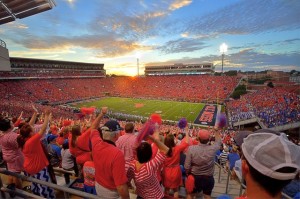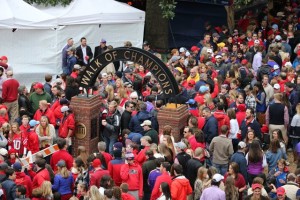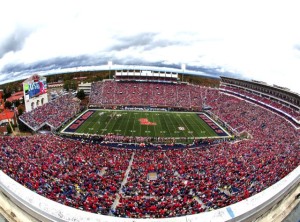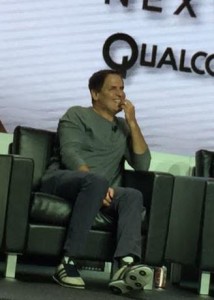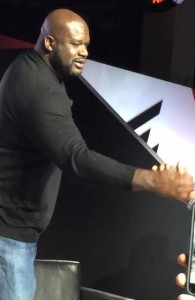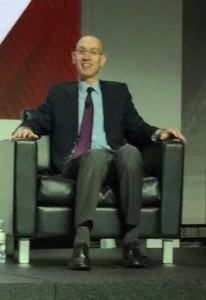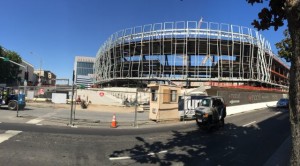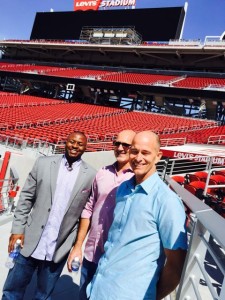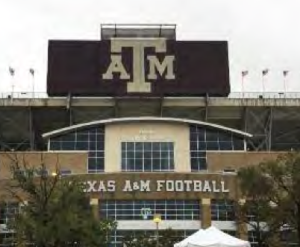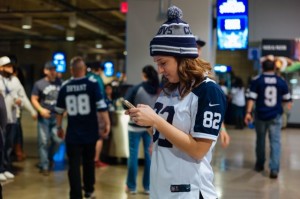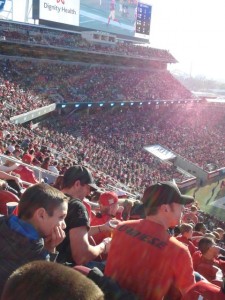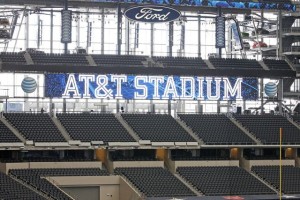 AT&T customers who visited NFL stadiums this season used 55 percent more cellular traffic this year than last, according to some year-end figures from AT&T.
AT&T customers who visited NFL stadiums this season used 55 percent more cellular traffic this year than last, according to some year-end figures from AT&T.
In the 31 different NFL venues where there is an AT&T DAS AT&T customers used 132.8 terabytes of cellular data this NFL season, with the Dec. 14 Monday night game between the New York Jets and the Miami Dolphins topping the single-game charts with 1.6 TB of DAS data used, according to AT&T. It’s appropriate that Sun Life Stadium had the biggest data game, since Miami’s home also led the NFL for highest average DAS data used, with 1.4 TB per game. Close behind in second place for average DAS use was AT&T Stadium in Arlington, Texas, where the average hit 1.257 TB this season. Third was San Diego’s Qualcomm Stadium with 1.085 TB, and fourth was Levi’s Stadium in Santa Clara, Calif., with an average of 1.054 TB each game on the AT&T DAS.
